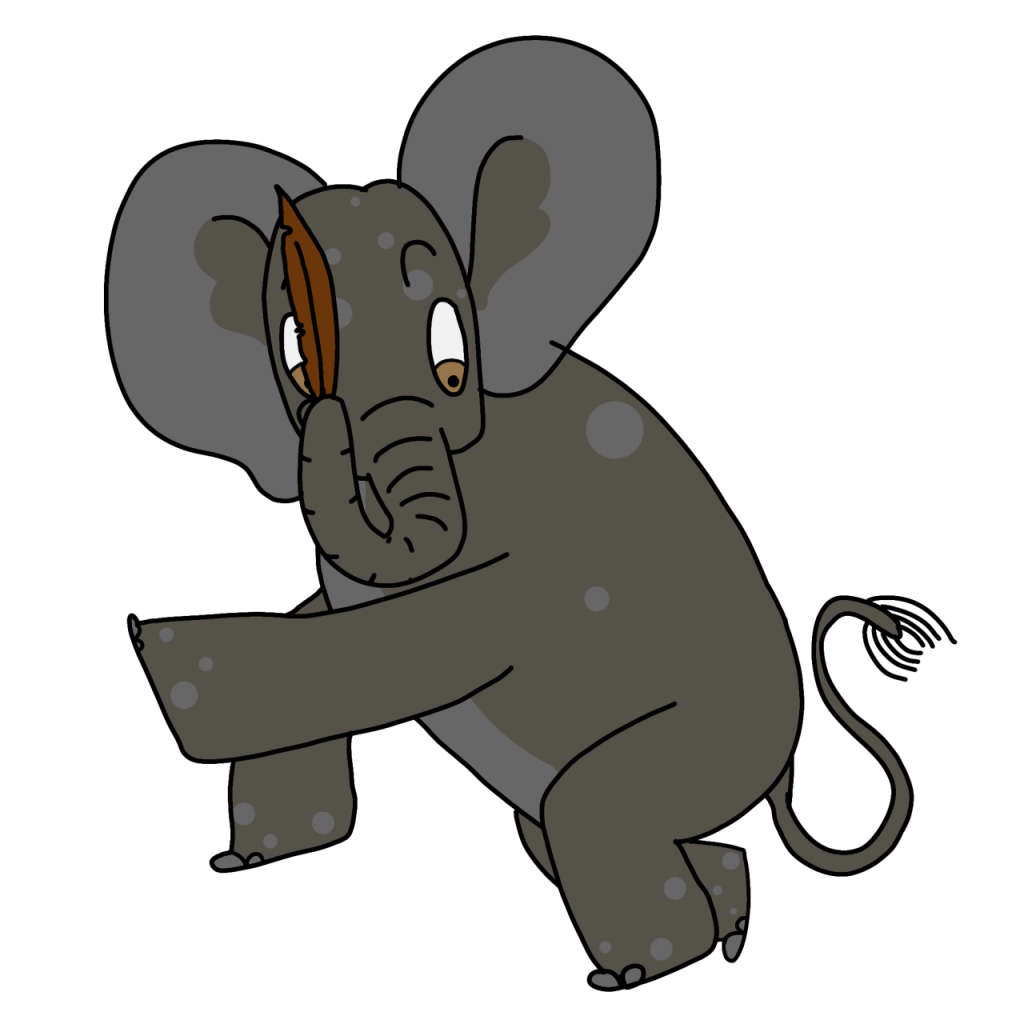
Fin Fang Foom is an ancient dragon being that can shapeshift that is awakened to attack the Communist Party thanks to some herbs by Chan Liuchow when his homeland of Taiwan is under threat.
Strange Tales #89 was not renewed 28 years after publication as was standard at the time so copyright would’ve expired in 1989.

They specifically did not renew issues 85 to 99 so those are all public domain now.
Notes
- Marvel used to own the trademark for Fin Fang Foom but it has since lapsed as seen here








